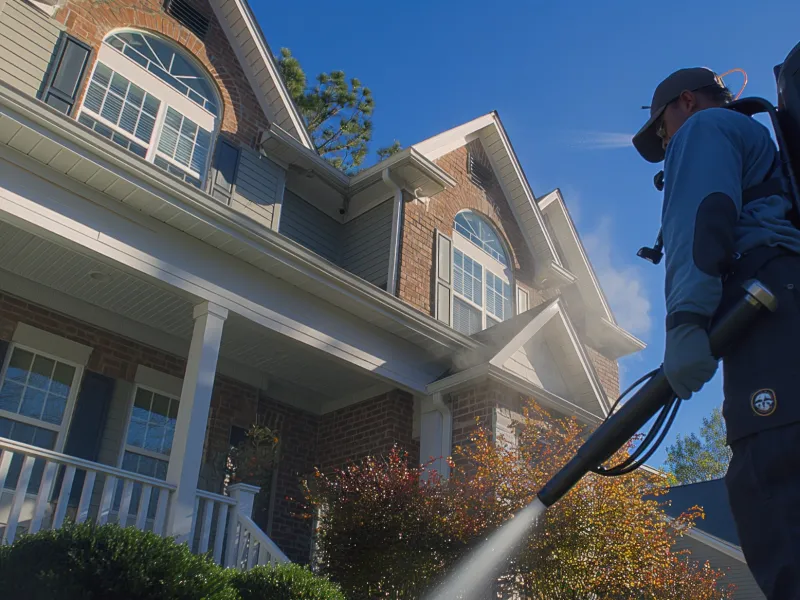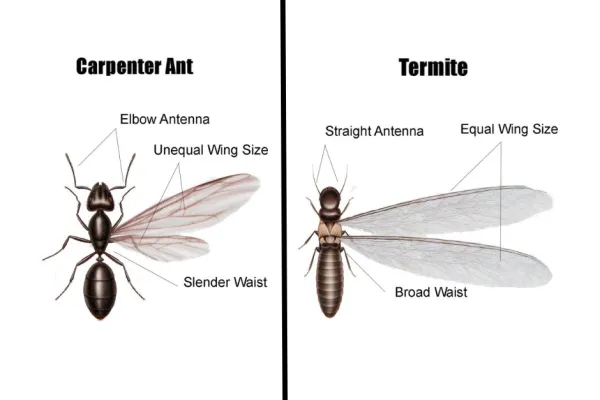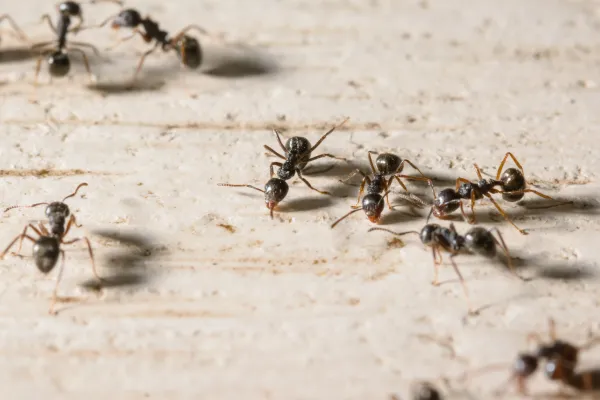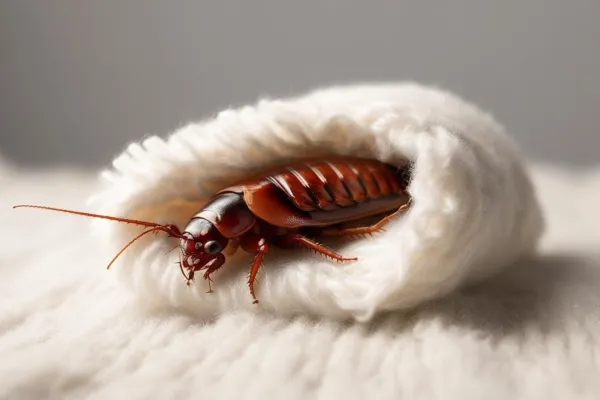Different Tools an Exterminator Uses on the Job

Pests will always find ingenious ways of getting into your home, so learning about exterminator gear is essential. According to a recent ConsumerAffairs poll, ants are the most troublesome pest, followed by spiders and roaches. When it comes to getting rid of pests, utilizing the appropriate equipment and pesticides works hand in hand. In their work, pest control professionals frequently need to scale ladders, crouch down into crawl spaces, and demonstrate exceptional levels of stamina and agility.
Because of this, it is in everyone's best interest to make sure they have access to all of the materials and tools required to keep them safe. Rodents and stinging insects, two common types of pests encountered in the course of pest removal and remediation work, both present considerable risks to the health and safety of exterminators. Here are the different tools an exterminator uses on the job.
1. Spill Kit
A spill kit can absorb any chemicals that find their way into a location where they are not supposed to be. If a pest control professional accidentally spills an insecticide on a driveway or another surface, this could result in property damage and environmental problems. A spill kit is a collection of instruments that are kept together if an accident involving a spill should occur.
2. Pest Control Software
You understand bugs, but do you know business management? Pest control software provides field service firms with a digital solution for managing all aspects of their operation, including payroll and billing. The following are examples of how pest control software enhances operations:
- Through precise reporting, each team member's performance and the overall profitability of the team are monitored
- Makes managing regular maintenance contracts, estimates, and open invoices easy
- Sends appointment reminders and technician arrival times automatically to improve customer satisfaction
- Sends customized, segmented marketing emails with a few clicks
- Interacts with field technicians as they finalize deals, receive payment, and log digital documentation
Using a cloud-based software solution will eliminate any business inefficiencies plaguing your team and retain more delighted consumers for your pest treatment firm to be profitable and sustainable.
3. PPE and First Aid Kits
Since exterminators handle potentially hazardous or poisonous supplies and equipment, personal protection equipment is required. Examples of PPE used by exterminators include protective eyewear, face shields, respirators, chemical-resistant gloves and footwear, goggles, long-sleeve shirts and long trousers, and waterproof hats. The need for first-aid kits is self-explanatory. Even when exterminators perform a task, mishaps might occur. Purchase a first-aid kit.
4. A UV Light Source
It can be challenging to find and eradicate pests, particularly nocturnal creatures. However, with the help of ultraviolet (UV) flashlights, exterminators can trace them by locating their pee and droppings. The technicians use UV light to trace the trails left by the pests and find spots that they regularly visit. Urine stains will appear either blue or yellow when illuminated by blacklight, making them easier to spot. It is crucial to remember that appropriate eye protection is required for UV light since exposure to this light can be harmful to the human eyes.
5. Foamer
Getting pesticides into confined places is sometimes tricky. Pests and rodents typically hide in inaccessible areas, so you must be able to reach them there. This is where a foamer comes in handy. An exterminator simply pours the pesticide solution into the sprayer, adds the foaming agent, and shakes the equipment to activate the foam. The fine nozzle is then used to spray the pesticide around cabinets, beneath the floor, and other difficult-to-reach spots. This apparatus performs marvelously.
6. Termites Baiting Tools
When it comes to managing extensive termite infestations, termite baiting tools are pretty helpful and often prove to be more effective than the more standard chemical barrier treatments. The most fundamental type of baiting system combines items that termites enjoy eating (such as cardboard and paper, among other things) with a poison that has a slow onset. The system also includes trench shovels, concrete plugs, concrete drill bits, and other practical termite baiting tools to guarantee that the pests are eradicated.
7. Duster
Some situations call for the use of powder pest control chemicals. To accomplish this, an exterminator uses a bulb duster. This nifty little instrument ought to be included in the armory of every pest control technician. They simply add the powder and pump the bulb to get the insecticides into cracks, fissures, and other troublesome spots.
Dusters offer an effective way of penetrating deep into bee nests, scorpion infestations, and other forms of bug infiltration, and also help get rid of all kinds of crawling and flying pests. A wide array of dusters are available on the market, ranging from handheld devices to enormous tanks. Exterminators make sure they have different models to handle various challenges.
8. Sanitizers and Deodorizers
Sanitizers and deodorizers are required once a pest infestation has been handled successfully. They allow exterminators to eliminate the unpleasant odors pest populations tend to leave behind. Some solutions can even eliminate the foul odor of animal carcasses. Sanitizers eliminate the danger of disease transmission posed by urine and feces.
9. Bird Control Equipment
Bird control is more complex than it appears. It necessitates a wide range of tools, including bird netting, repellents, spikes, laser bird control, etc. There are several alternatives. Depending on the number of birds you wish to repel, you must be creative and inventive. Other bird control equipment includes liquid or gel repellents, scarecrow decoys, sonic cannons, ultrasonic bird repellents, and bird shock tape.
10. Hepa Vacuum
There will inevitably be some messes that need to be cleaned up. This could be something like a mess that an animal has left behind or could be a bunch of dead insects gathered together. Having a Hepa vacuum is of the utmost significance in such a situation. The filter will assist in ensuring that the objects being vacuumed up are done so in a secure and efficient manner.
11. Foggers and Chemical Sprayers
Exterminators use a variety of sprayers to get the job done. Today's most popular sprayers are hose-end, handheld, and backpack-mounted sprayers. Handheld and backpack sprayers are less safe than their bigger counterparts, which are employed by vehicles like ATVs. However, if you use environmentally-friendly insecticides, the former poses a lesser threat to your crew.
Like sprayers, foggers come in various styles and work differently. The different types of sprayers exterminators use are backpack foggers, cold foggers, thermal foggers, aerosol foggers, and pressurized air foggers. Foggers come in handy when an exterminator needs to saturate an entire area with a mist containing insecticide or pesticide.
12. Other Required Protective Gear
Technicians working in pest control frequently work close to potentially hazardous chemicals. Because of this, it is necessary to use bee suits, coveralls, gloves, bump caps, and safety glasses. The proper equipment also protects exterminators from projecting nails in crawl spaces and attics and any rats that may decide to attack unexpectedly.
By utilizing the appropriate equipment, a successful extermination effort significantly increases. Because they frequently travel to remote areas and work with powerful chemicals, exterminators need equipment that can withstand various challenges. For businesses, having employees dressed in complete professional attire and equipped with the appropriate tools makes your business appear more credible. The knowledge that the clients have hired a professional staff equipped with cutting-edge tools allows them to feel more at ease. Take the initiative to purchase the appropriate equipment for your team to provide the best possible service to your customers.



